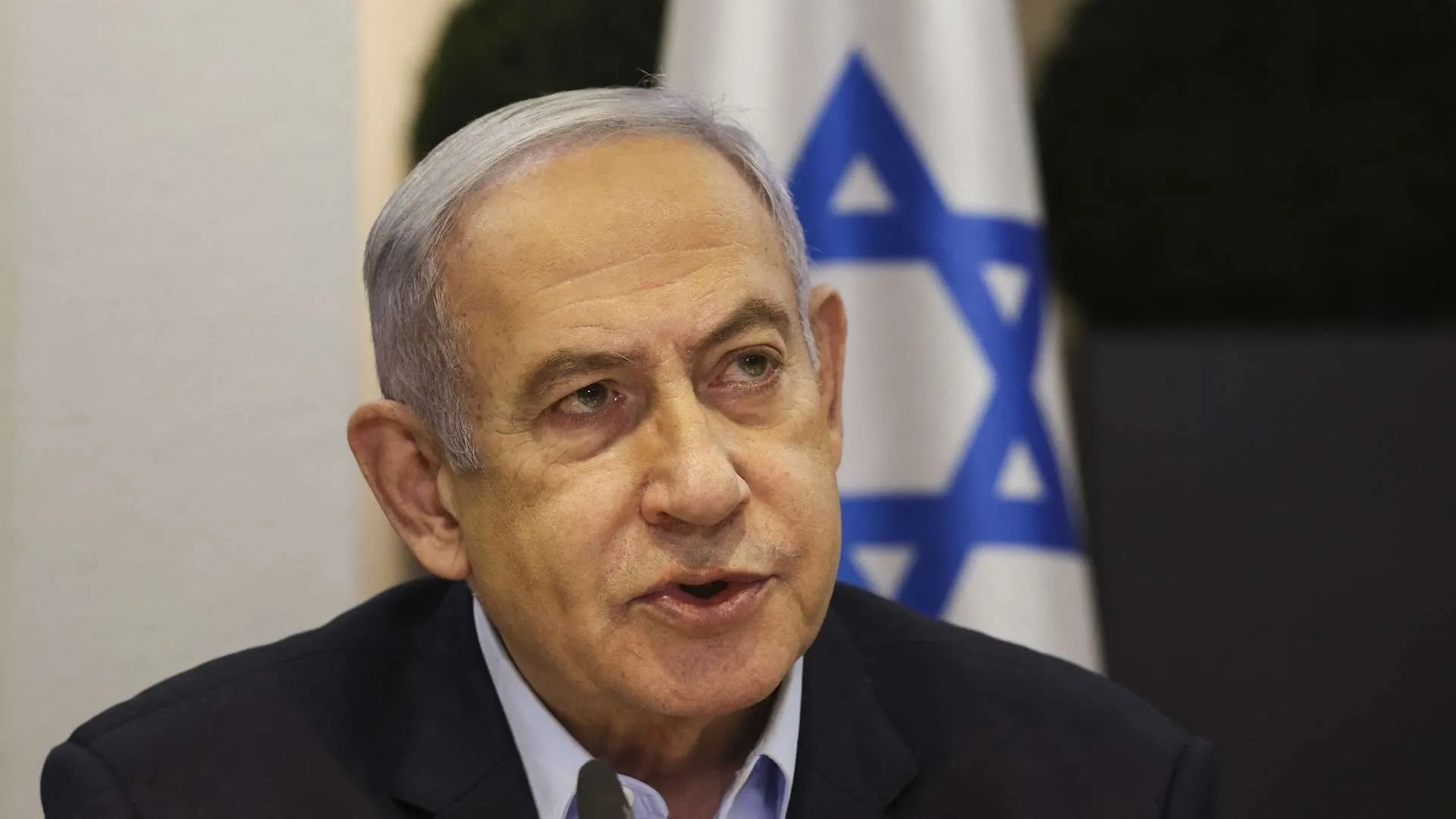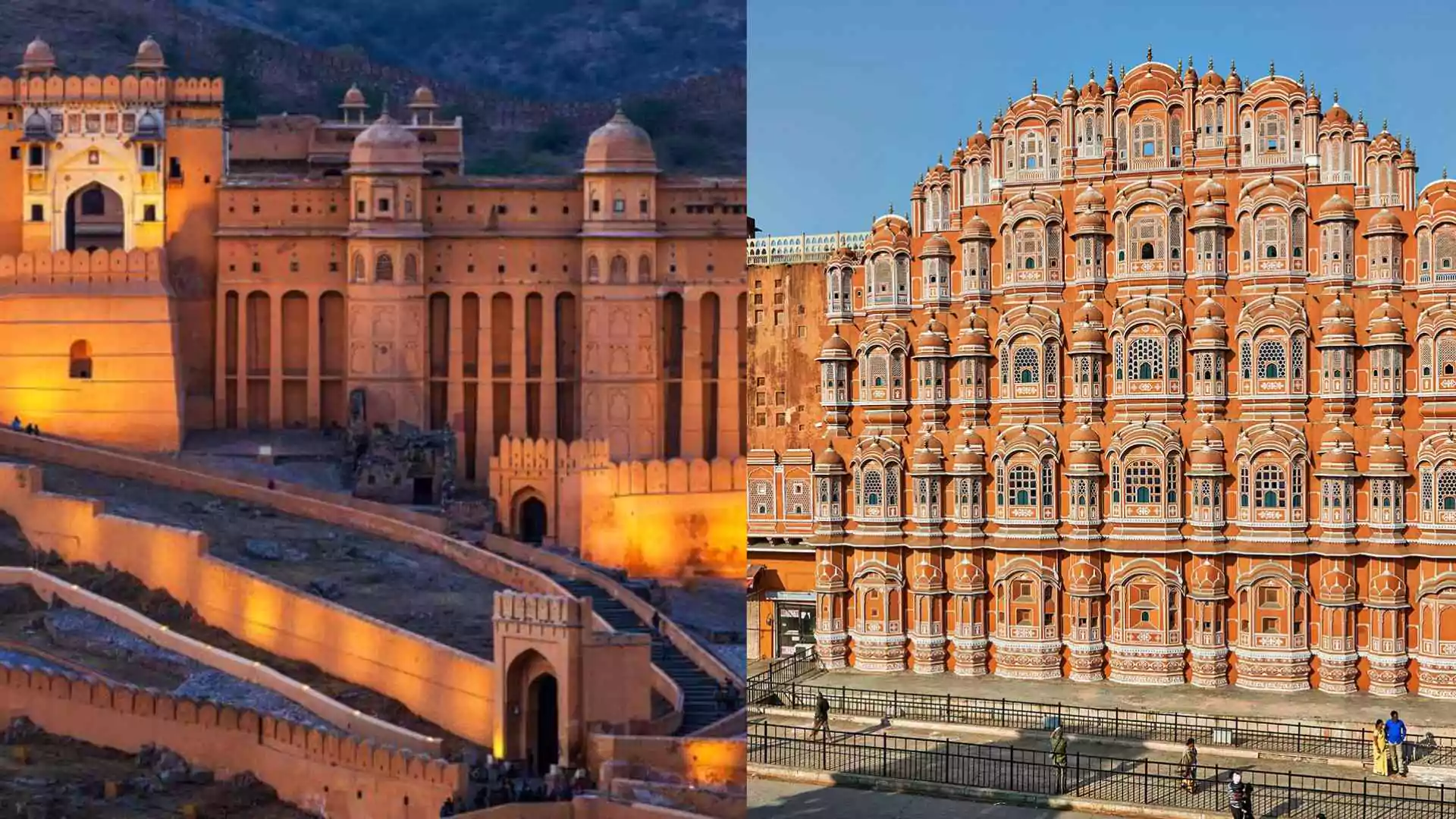As air pollution levels in Delhi continue to escalate, residents are increasingly voicing concerns about breathing difficulties and other health issues. In response, Delhi Environment Minister Gopal Rai announced on Friday that the government will implement drone surveillance across 13 identified pollution hotspots, where the Air Quality Index (AQI) consistently exceeds safe limits.
Government’s Commitment to Combat Pollution
During a visit to the Wazirpur industrial area, one of the key hotspots, Gopal Rai emphasized that his government is working tirelessly to address the pollution crisis. He noted that the AAP government has introduced a comprehensive winter action plan aimed at mitigating pollution from various sources, including vehicles and biomass burning.
Health Concerns from Residents
Residents like Kalyani Tiwari expressed frustration over the worsening air quality. “I have been facing headaches and constant breathing issues because of the pollution,” she shared, urging the government to take immediate action to clean local rivers, especially with upcoming festivals like Chaat Puja. Another resident warned that if pollution levels continue to rise, it may become difficult to leave home.
MUST READ: ‘NDA Govt’s Policies Failed’, LoP Rahul Critiques Slams Centre Over Terror Attacks In J&K
Drone Surveillance Initiative
To monitor the 13 hotspots, the AAP government has initiated drone operations, starting in Wazirpur. Drones will capture images of pollution sources within a 200-meter range, enabling a detailed analysis of pollution levels in various neighborhoods. These images will be compiled into reports for the Delhi Pollution Control Committee (DPCC) and the Environment Department.
Current Air Quality Status
On Friday morning, Delhi experienced thick smog, with an AQI reading of 283. Specific readings at other locations included 218 at Anand Vihar, 245 at Punjabi Bagh, 276 at India Gate, and 288 at Jhilmil Industrial Area. The high pollution levels have led to severe health implications, prompting concerns from citizens and officials alike.
Additional Measures and Criticism
Delhi Lieutenant Governor VK Saxena has also addressed the pollution crisis, proposing the deployment of Civil Defence Volunteers (CDV) for pollution control efforts from November through February. The Public Works Department has begun spraying water in various areas to help mitigate air pollution and reduce dust.
In a dramatic protest against pollution, Delhi BJP President Virendra Sachdeva immersed himself in the polluted waters of the Yamuna River, criticizing former Chief Minister Arvind Kejriwal for failing to fulfill promises to clean the river by 2025. Following his immersion, Sachdeva experienced skin rashes and mild breathing difficulties, underscoring the dangerous levels of pollution.
Addressing Stubble Burning and Broader Issues
The ongoing problem of stubble burning in Punjab and Haryana remains a significant contributor to Delhi’s pollution levels, particularly following the paddy harvest season. This year, Punjab has reported 1,638 farm fires, a 16% decrease compared to the previous year, but the impact on air quality is still profound.
Call for Public Action
With pollution levels rising across many cities, the government is urging states to enhance healthcare capacity and preparedness to deal with the worsening conditions, especially during the festival season and the onset of winter. The Union Health Ministry has also encouraged the public to utilize public transport and avoid heavily congested areas to minimize exposure to poor air quality.
A Collective Responsibility
As the Delhi government takes steps to combat pollution, it is evident that a multi-faceted approach involving public cooperation and individual responsibility will be essential in addressing this pressing issue. The implementation of drone surveillance is a promising initiative, but it must be part of a broader strategy to ensure cleaner air for all residents.
ALSO READ: Jammu And Kashmir: Cable Car Gondola Ride Service Suspended Day After Terror Attack In Gulmarg






















